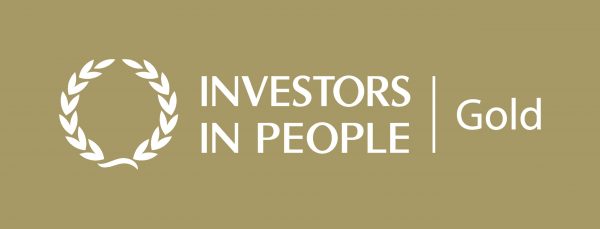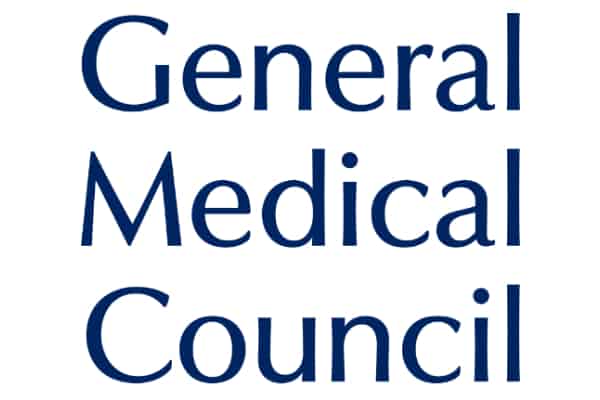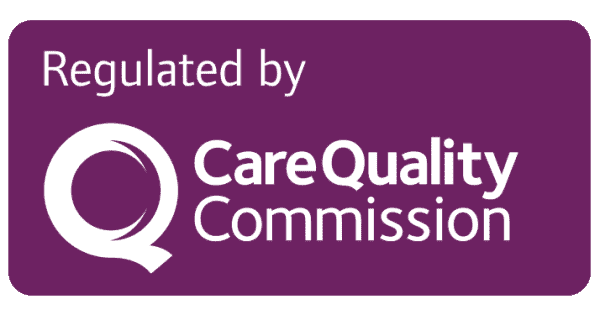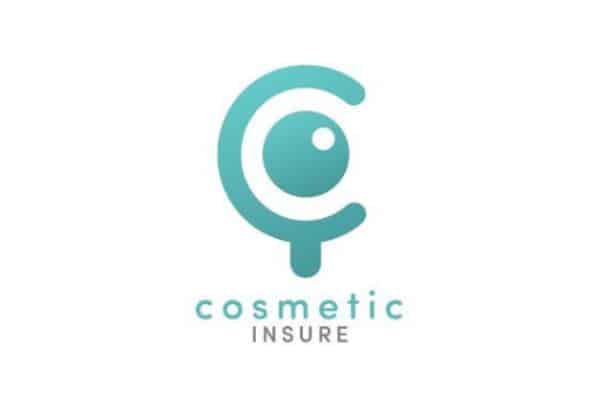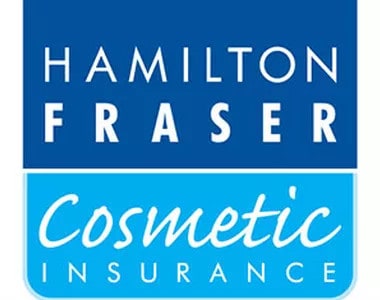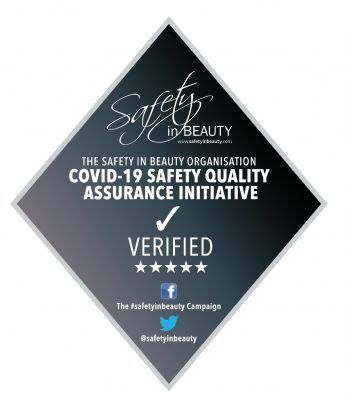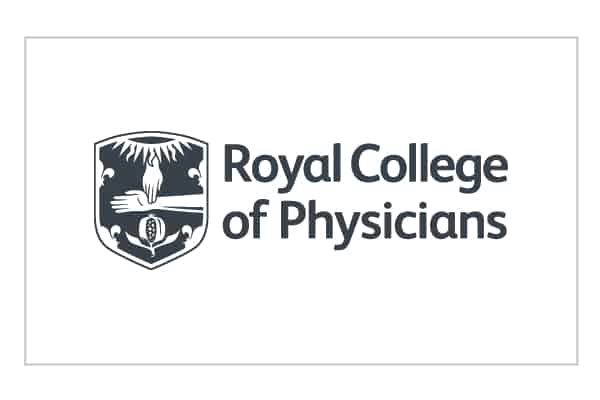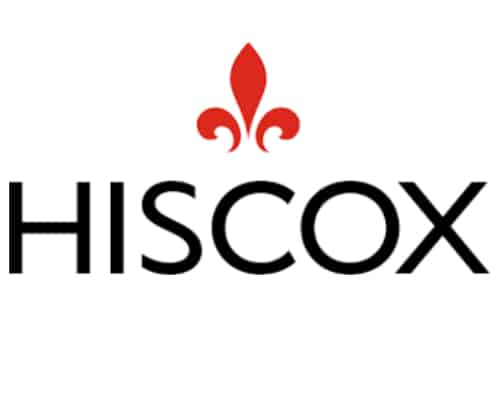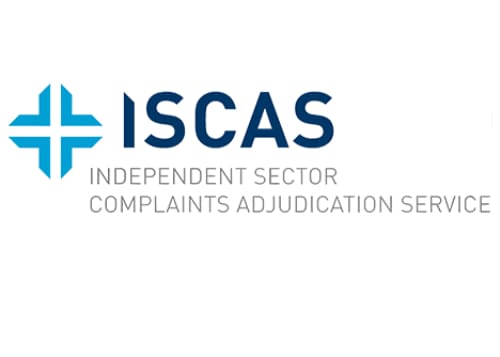
Bruxism, commonly referred to as teeth grinding, can cause discomfort, tension, and even dental damage over time. You might grind or clench your teeth unconsciously while asleep or during periods of stress. Botox injections have emerged as a potential way to relieve this pressure in the jaw muscles. At Vie Aesthetics, we offer Botox for Bruxism to help you manage or reduce painful symptoms and prevent longer-term issues such as worn enamel.
Bruxism involves involuntary grinding or clenching of the teeth, usually triggered by stress, anxiety, misaligned bite, or as a subconscious habit during sleep. Common signs include:
Headaches
Jaw or neck pain
Worn or fractured teeth
Lockjaw or difficulty in fully opening the mouth
Disturbed sleep (for both you and your partner)
If left unmanaged, bruxism can lead to chronic discomfort, tooth damage, and even jaw disorders. Many people try mouth guards, stress management techniques, or other therapies with varying degrees of success. Botox has become an option when these methods prove insufficient or you want more direct muscle relaxation.
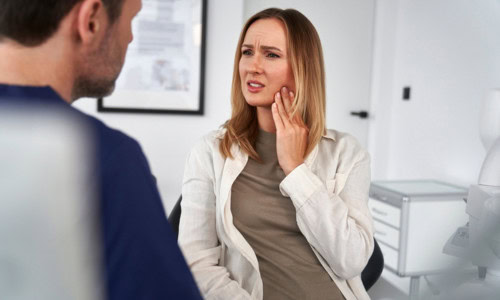
Botox is a neurotoxin that, when injected in small doses, temporarily blocks certain nerve signals that cause muscle contraction. For bruxism, the primary muscle targeted is the masseter. This strong muscle helps you chew but can become overactive and exert excessive force on your teeth.
Reduced Muscle Tension:
By weakening the masseter slightly, Botox lowers the force of clenching and grinding.
The relaxation can lead to immediate stress relief in the jaw area.
Lower Risk of Dental Damage:
With less force directed towards the teeth, the potential for cracking or wearing down is reduced.
In many cases, it also eases strain on the temporomandibular joint (TMJ).
Improved Comfort:
People often report fewer headaches, less jaw pain, and better sleep.
You might also notice a softer jawline if your masseter muscles were previously enlarged from chronic clenching.
At Vie Aesthetics, our approach starts with a thorough consultation. We discuss your symptoms, how bruxism affects your life, and any previous interventions you have tried. If Botox seems suitable, the next steps involve:

1. Assessment
2. Marking the Injection Sites
Generally, the focus is on the masseter muscles on each side of the jaw.
In some cases, additional areas may be injected if tension extends to other facial muscles.
3. Applying Botox
The injections are quick, with a fine needle.
Discomfort is usually minimal, often compared to a small pinprick.
4. Aftercare
There is no significant downtime, and you can usually resume activities immediately.
5. Follow-Up
Botox for Bruxism does not produce changes overnight, but many patients start to notice improvements within a few days to a couple of weeks.
Short-Term:
You may feel less tension in your jaw.
Teeth grinding episodes might decrease in frequency or intensity.
Mild soreness at the injection site is possible, but this generally subsides quickly.
Medium-Term:
Reduced risk of enamel wear and tooth damage.
Improved comfort in biting and chewing.
Potential alleviation of headaches linked to clenching.
Long-Term:
Consistent relief with maintenance treatments.
Potential for better jaw alignment and less TMJ strain.
Improved sleep quality and overall well-being.
You may be a suitable candidate if:
You have chronic bruxism that negatively impacts your dental health or daily comfort.
You have tried other methods (mouth guards, jaw exercises, stress therapies) with limited success.
You do not have any known allergies to Botox ingredients.
You are not pregnant or breastfeeding.
You have realistic expectations about the scope and duration of Botox’s benefits.
During your consultation at Vie Aesthetics, we will discuss your situation in detail, providing transparent advice on whether Botox injections can complement or replace any existing treatments.
While Botox for Bruxism is generally regarded as low risk when administered by qualified professionals, it is important to be aware of potential side effects:
Temporary bruising at the injection site.
Slight muscle weakness affecting chewing force.
Facial slimming due to reduced masseter muscle activity.
Our skilled practitioners follow strict safety protocols to minimise these risks. We also remain available for any concerns you might have after your session.
At Vie Aesthetics, we believe that combining Botox with certain lifestyle habits often yields better results. While Botox can address the physical muscle tension, you can also reduce triggers that contribute to bruxism.
Suggestions:
Stress Reduction
Techniques such as deep breathing, meditation, or light exercise can help.
Consider activities like yoga, which may promote a more relaxed state.
Regular Exercise
Activities like walking, swimming, or gentle aerobics can lower overall stress levels.
Improving fitness can also support better sleep, which may reduce night-time grinding.
Avoid Hard Foods
Chewing tough or sticky items can place extra strain on your jaw muscles.
Softer foods can be kinder to your jaw, particularly if you have soreness after grinding episodes.
Mouth Guards
A custom-fitted mouth guard can still serve as an additional protective layer for your teeth.
Using one, especially while sleeping, may decrease the effects of grinding while Botox wears in.
Jaw Exercises
Gentle stretching or massage of your jaw muscles can offer further relief.
A qualified physiotherapist or dentist may suggest targeted exercises.
How it works: Relaxes overactive jaw muscles, reducing grinding and tension.
Duration: Results last 3-6 months.
Effectiveness: Clinically proven to reduce symptoms and pain.
Additional Benefits: May help with facial slimming.
How it works: Provides a barrier between teeth to prevent grinding damage.
Duration: Must be worn nightly.
Effectiveness: Protects teeth but does not address muscle overactivity.
Additional Benefits: Reduces wear and tear on teeth.
How it works: Focuses on relaxation techniques and muscle exercises.
Duration: Ongoing lifestyle adjustments.
Effectiveness: Can help reduce tension but may not stop grinding completely.
Additional Benefits: Improves overall wellbeing.
Once your Botox injections take effect, you will likely enjoy relief from the most intense grinding or clenching. However, it is crucial to consider aftercare and the possibility of future treatments.
Maintenance Schedule: Botox’s effects typically last between three and six months. You may require repeat injections to sustain the positive results.
Observation: Keep track of any jaw tension, headaches, or changes in teeth sensitivity. This record can guide the timing of your next appointment.
Dental Check-Ups: Regular visits to your dentist can help monitor your tooth and jaw health, identifying any signs of renewed wear or bite changes.
When administered correctly, Botox should not hinder normal chewing. Some people report a slight weakening in bite force, but it rarely disrupts daily eating habits.
Many feel a noticeable difference within one to two weeks, once the Botox has settled into the muscle. The intensity and frequency of grinding usually decrease progressively.
The effects are temporary. Over time, the muscle may regain its original strength. Regular top-up sessions can prolong the benefits.
Yes, you can. Combining a mouth guard with Botox can offer extra protection against residual grinding or clenching. It is advisable to discuss this with your practitioner or dentist.
Research suggests Botox is safe for repeated use when administered by qualified professionals. Rarely, continuous treatment could alter jaw muscle structure, but this is typically minor and can sometimes be beneficial for overly large or hypertrophic masseter muscles.
Our practice focuses on patient-centred care:
Individualised Consultations: We assess your jaw function, muscle usage, and personal concerns.
Transparent Explanation: We detail the potential benefits, limitations, and costs of Botox for Bruxism.
Qualified Practitioners: Our team is experienced in facial injectables and understands the delicate balance between therapeutic dose and facial aesthetics.
Safe Environment: We use hygienic and comfortable facilities, ensuring you have a positive treatment experience.

Botox for Bruxism can be a beneficial solution if you suffer from chronic teeth grinding. By relaxing the overactive masseter muscles, Botox injections can alleviate jaw tension, reduce dental risks, and potentially improve your daily well-being. At Vie Aesthetics, our priority is to ensure you receive tailored care that addresses both the symptoms and the broader factors contributing to your bruxism.
If you have any further questions or want to explore whether Botox for Bruxism is right for you, we encourage you to arrange a consultation at Vie Aesthetics. Together, we can craft a plan that moves you closer to a more relaxed jaw and healthier smile.

2 Harley Street,
Marylebone,
London,
W1G 9PA, UK
